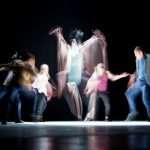THE FOUR ERAS OF MOTION CAPTURE
By Ryan McCuistion
Created for Kinetic Reality and 100% optimized with Yoast as of August 2024
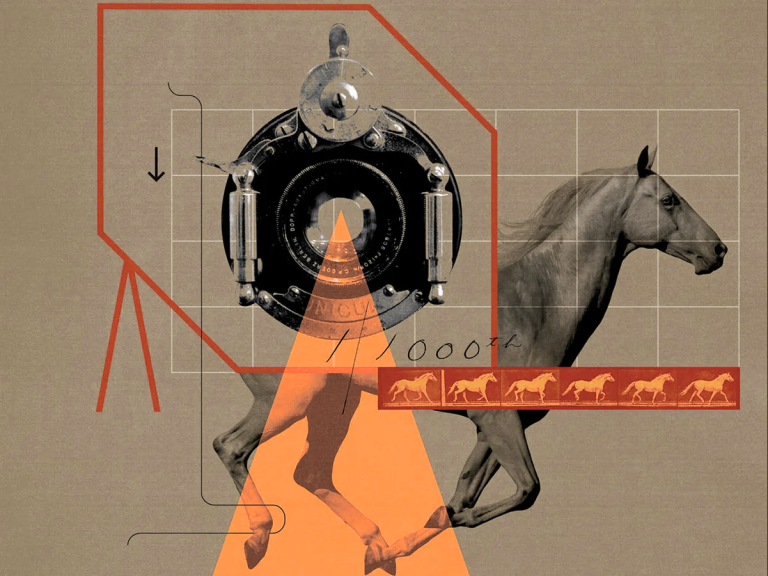
When somebody mentions balls and spandex, 95% of the time they’re referring to motion capture. With roots dating back to the 19th century, preceding cinema itself, the technology of motion studies has had time to evolve and adapt in ways that nobody could have ever predicted. By examining the four eras of motion capture, we can understand how we got here and look into where the future leads.
CHRONOGRAPHY (1878)
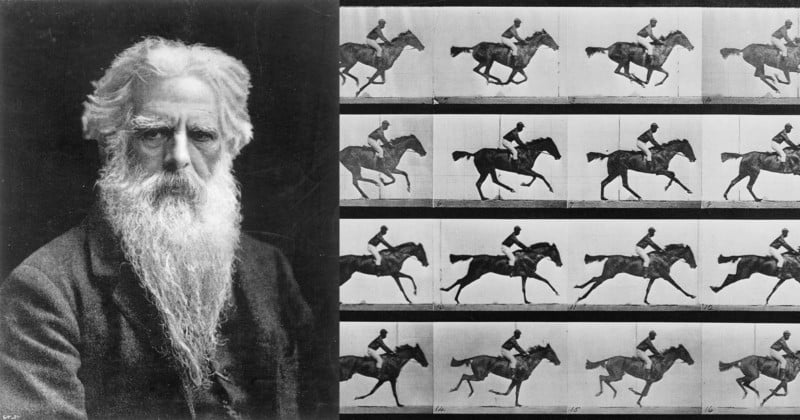
In 19th-century horse-drawn Palo Alto, California, photographer Eadweard Muybridge embarked on an experiment to settle a heated saloon debate: does a galloping horse lift all four hooves off the ground? Armed with dozens of trip-wires and cameras, he captured a sequence of images that captivated audiences worldwide while answering the age-old question: indeed, a horse’s hooves do leave the ground.
The experiment established foundational concepts for motion pictures and locomotion, paving the way for significant advancements in capturing and analyzing movement. However, this wasn’t the only thing that made Muybridge famous at that time.
Before he was renowned for shooting the horse’s gallop, he was also known for shooting his wife’s lover. In 1874, Muybridge was convicted for murder but would be acquitted of all charges on the grounds of “justifiable homicide” allowing him to go on to become the mocap pioneer we all worship by candlelight every night.
ROTOSCOPING (1915)
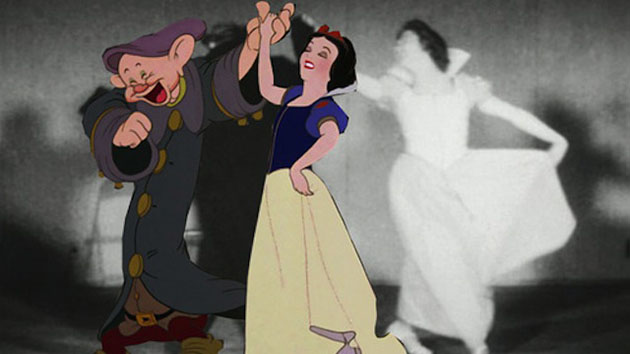
While animation had existed for years up until 1915, before rotoscoping, it was extremely difficult to easily create realistic movements.
Imagine this: As a kid, your love for drawing saved you from the grimy factories of 1915 and turned into a career. Life is great—until your boss says, “I need you to draw 800 frames of a dance routine using only your own head!” Drawing is one thing, but dance? You didn’t even attend prom growing up, in fact nobody did. It’s 1915.
Rather than teach all animators the art of dance, studios would simply hire real dancers and film their performances. This way animators could trace, frame by frame, superimposing their own illustrations on top of the live recordings. Despite Max Fleischer’s patent for his “secret specialized tools of the trade” — film strips, glass, and light — Walt Disney went on to champion the use of rotoscoping once Fleischer’s patent expired.
MOTION CAPTURE (1990s - Present)

Breaking out in the 1990s, motion capture technology transformed the way human movement is captured and recreated. Using specialized cameras and body markers, various industries, like videogames, sports, and Hollywood, have been able to use studios to capture human movements in 3D space.
However, it wasn’t until the 2000s, with groundbreaking films like The Lord of the Rings and Avatar, that motion capture truly reached its cinematic potential, setting the stage for lifelike digital characters and unleashing nerds everywhere.
These advancements not only redefined filmmaking but also led to breakthroughs in robotics, virtual reality, and biomechanics. And yet, here we are at the pinnacle of technology—spandex suits, nylon, and ping pong balls—not exactly the epitome of futurism. It’s a little wonder as to how the tech hasn’t escaped the hands of industry specialists to reach a broader consumer audience.
NATURAL MOTION CAPTURE (2025 - )
Thanks to significant advancements in AI and inertial measurement unit technology, Natural Motion Capture is poised to revolutionize how we document and capture motion. Companies like MetaSense are at the forefront of this tech, developing ultra-lightweight sensors that enable mocap in uncontrolled, real-world environments, heralding a smart clothing future.
The advent of ultra-lightweight sensors and micro-technology has significantly shifted the focus of motion capture. Gone are the days of cameras, cumbersome suits, and studio constraints. Today, compact, inconspicuous sensors can be setup quickly and easily and even blend into your clothing.
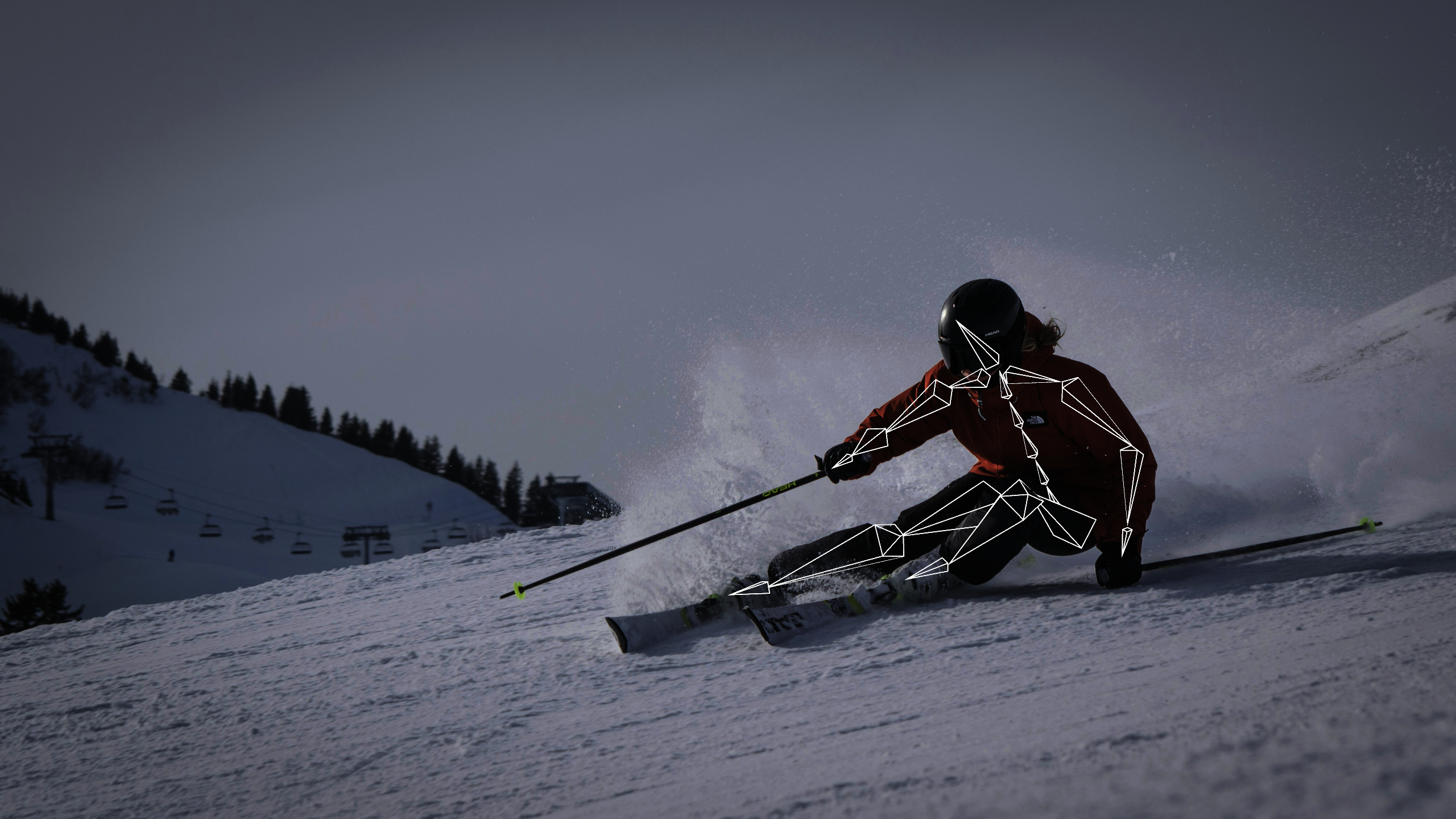
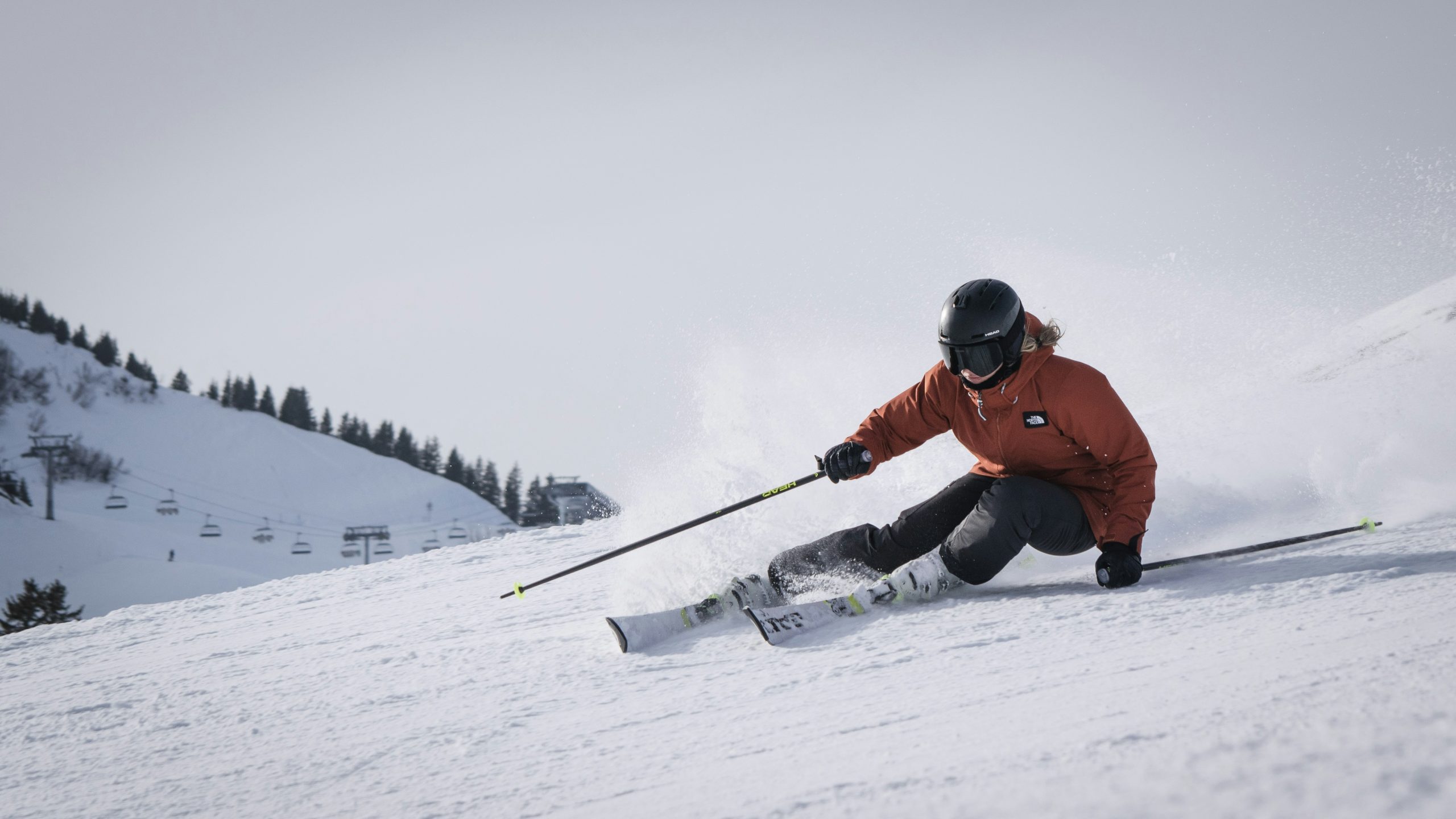
What this means for mocap? Capturing motion is no longer a primary concern; instead, the emphasis lies on the activity itself. Whether one is rock-climbing, running, or reading an awesome blog post, the ability to capture anywhere is easy. Forget about line of sight, lighting, or wearing a wiry jumpsuit.
With discreet sensors that blend into clothing, there now exists a more authentic representation of motion, providing high-quality data for AI to do interesting things with, like predicting injury. By prioritizing movement over the capture process, companies like MetaSense are opening a new door in how motion data can be used. We invite you to join our journey by supporting us on Kickstarter and staying up to date with the latest news in Natural Motion Capture.
